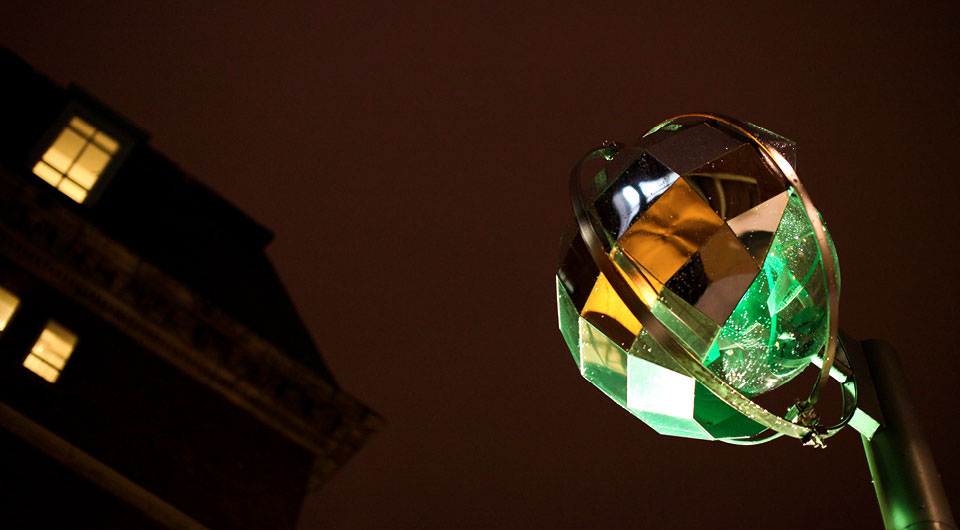sunniside public realm
Urban and Public Realm design, Public Artworks Masterplan // Sunniside, Sunderland, UK // 2008-10
















Sunniside lies directly to the east of the city centre of Sunderland and is characterised by a dense grid of streets and alleys, with intact 19th Century neo-Georgian building stock giving way further east to a heterogeneous mix of small industrial buildings, many empty or derelict. The regeneration in Sunniside combines careful tuning of the public realm in some areas with wholesale demolition and redefinition of the built environment in others. This project establishes mechanisms for the definition of identity and orientation in Sunniside through a synthesis of the design of public spaces and artistic interventions all around the district. Kapok developed an urban narrative to embed artworks in the redevelopment process, the first phase of which has been commissioned as a test case for a larger Masterplan.
Out of a study of desire lines, hierarchies and activities, a network of metaphorical meridians is drawn across Sunniside, connecting places. Each meridian is defined by a sequence of places, notional Pressure Points. The metaphor translates into a two-fold urban strategy:
– Energy flow. The public realm is adjusted and de-cluttered to encourage movement along the meridians and visually tie points to each other.
– Acupressure. The pressure points mark sequential spaces of urban encounter. Like the application of pressure or needles at particular points in the body, interactions between people at these points tune the flow of energy along the meridian.
Each Meridian is thematically developed in relation to its particular inherent qualities, so that each has its own specific character in the public realm.
One Meridian has been investigated as a case study for the concept: St. Thomas Street from Market Square to Sunniside Gardens, where clusters of street furniture and art interventions are embedded into the public realm at three Pressure Points. Four artists have collaborated with public realm and lighting designers to create the new street, with Kapok co-ordinating the integration of the artworks: sound artist Bill Fontana; furniture by designer Charlie Davidson; video artists SDNA; bespoke street lighting poles by Kapok.
Each of the pieces is is manifest at each of the Pressure Points, reconfigured in each location to create three individual nodes of urban activity. The project connects places along the street with each other, drawing passers-by perceptually up the street, inhabiting the Pressure Points to encourage exploration from the city centre towards Sunniside Gardens.
As well as the co-ordinating the design of the street and its artworks, Kapok has designed a bespoke lightpole, sited in clusters at each of the Pressure Points. The Helionimbus poles have a double function, creating a lighting atmosphere not only at night, but also during the day. Due to the East-West orientation of the street, one side is permanently in shadow. The Helionimbus reflector heads create patterns of reflected sunlight in the shaded street-side at the Pressure Points, a luminous ornament on street and facades to enliven the streetscape. After dark, the play of light from within the head and that from a spot reflected off its mirrors create an urban theatre of gathered luminosity and thrown reflections, both mysterious and unique, to draw people along the street from the city centre into Sunniside.
Client: Sunniside Partnership // Collaborators: Robinson Landscape Design (Public Realm and Landscape Design), Lightfolio Ltd. (Lighting), Charlie Davidson (stool, litter bin), Bill Fontana (sound installation), SDNA (video installations) // Services: Lead Artist, Development of the artistic Street lighting Public Artworks co-ordination, collaboration on Public realm design // Budget: £ 3 M // Photographs: Paul Knox, Idene Roozbayani or other as indicated.
